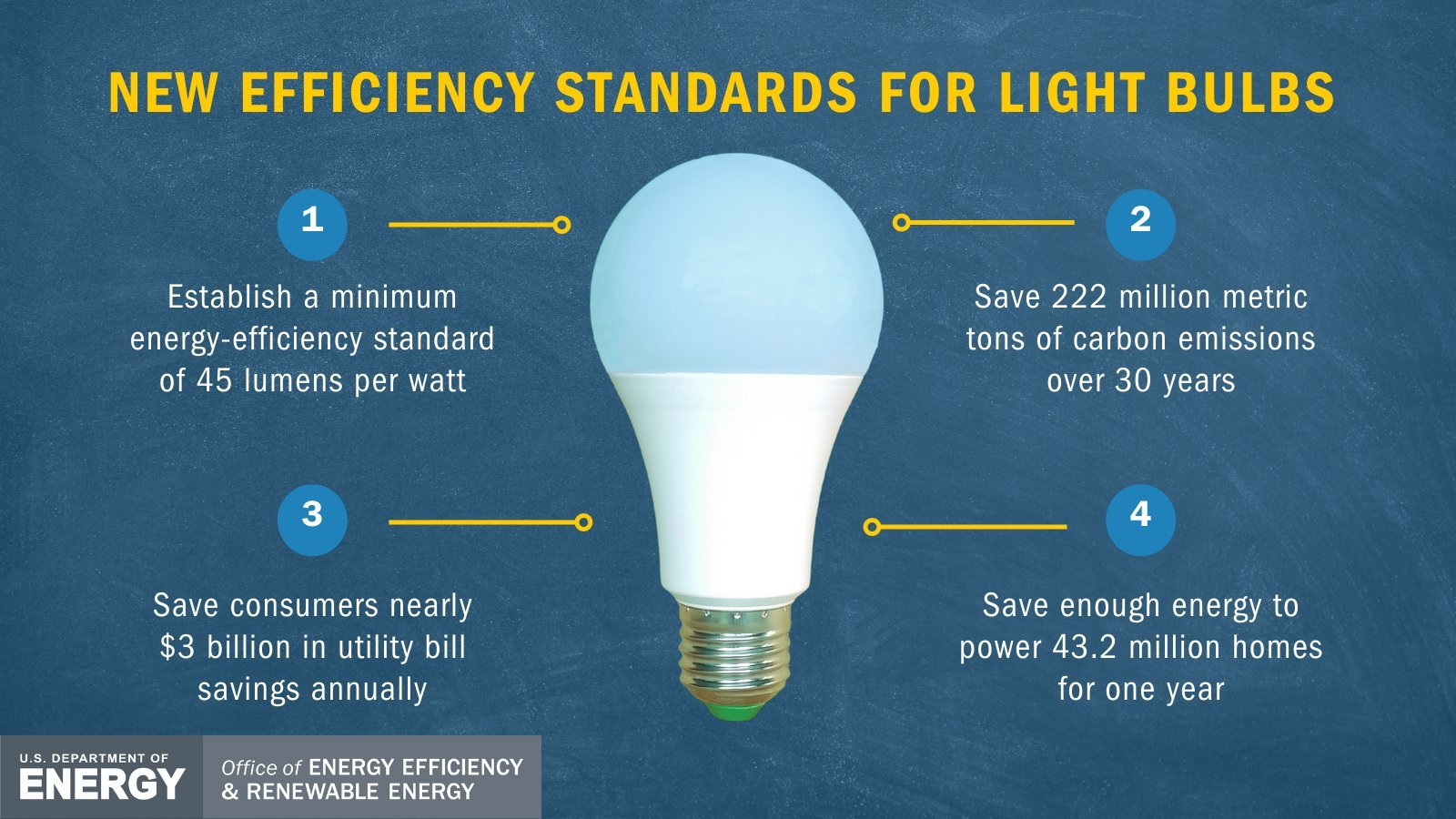Hydration is so important especially as we head into the boiling hot summer months. Over the years, we’ve learned so much about how much water each person should drink. We are no longer stuck to the idea that you always need 8, 8oz cups no matter your size or typical exertion level. It’s better to consider all the individual factors and drink water accordingly. To the dismay of some, the average need is often a little more than the previously pushed 64 ounces. Many struggle with drinking so much plain water. They say it's tasteless and boring. Others even say it’s impossible to get down and they just can’t drink that much throughout the day. They’d honestly rather drink anything else.
Tea, coffee and soda unsurprisingly cannot replace pure, plain water. What about sparkling water? You’ve probably heard someone say, usually to a kid, that soda will rot your teeth. This sounds like an “old school” exaggeration but it’s actually pretty spot on. The high sugar content of soda and the way it coats every surface in your mouth will encourage the growth of bacteria and without mitigating steps being taken, it may indeed lead to tooth decay. However, this is true of pretty much any sugary beverage and not just sodas. Additionally, this effect is not on account of the carbonation, which is a viewpoint many have held. Carbonation on its own does not seem to have a significant impact on one’s teeth. Therefore, it follows that without all the additives and sugars found in soda, sparkling water isn't going to be any more detrimental to your teeth than regular water. At least one study found that it in fact did not do any more damage to the enamel than plain water.
However, not all sparkling water is made the same. Many brands will put coloring, flavoring, sweeteners and more in their sparkling water. This ceases to be just water and the toll it takes on your teeth is closer to that of any other non-water drink. Anything that coats your teeth in some flavor is something you should chase with a toothbrush and some pure water. This is really important to keep in mind as many companies are also selling water “enhancers” that make your water taste like all different things to help encourage people of all ages to drink more. While better than drinking nothing, these flavored waters or specialized water bottles that add flavor (essentially amounting to the same thing) can not replace pure water. It’s like trying to wash a muddy car with dirty water. Sure, you might get some of the really caked on mud off but the car won’t really be clean in the end. You’ll always have a film of grime that needs to be washed away with pure, clean water. As far as dental health is concerned, sparkling water is just as safe as water without all the fanfare. Now, your gastrointestinal tract might have a thing or two to say about replacing half the water you drink with bubbly water but that’s a slightly different story. Your enamel is safe and it’s a green light from the dental health side. Enjoy!



























